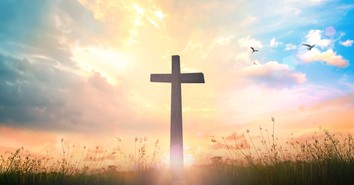What is a Liturgical Church?

A reader wrote in asking for the definition of a liturgical church. For anyone else wondering the same thing:
When during the Reformation the Protestant church sprang from the roots of the ancient Catholic church, some branches of the new church, while embracing the beliefs and tenants of Protestantism, nonetheless saw in the ancient forms and structures of the Catholic worshiping life much that they believed worth preserving. They understood that the traditional, ritualized, formally structured way of worshiping would for many always resonate in a powerful, deeply inspiring way. Such service staples as the procession of vested clergy up the center aisle at the beginning of the service, the use of incense, the incorporation of religious symbols, the communal recitation of such prayers as The Lord’s Prayer, the congregation’s united response to petitions read aloud to God, the observation of the church year, the following of a lectionary, and performance of the sacraments all mark the worship practices typical of a liturgical church.
“Liturgy” comes from the Greek word meaning, “Work of the people.” And if you’ve ever been to the Sunday service of a liturgical church, then you understand the sense in which worshippers at those churches do work. Liturgical churches are pretty darn participatory: everyone’s always standing up, sitting down, or kneeling; the congregation prays together out loud; everyone comes up to the front rail to receive communion. At most Protestant churches, the congregants mostly just sit there, watching and listening. During service at a liturgical churches, though, people get (relatively) busy.
The main liturgical church denominations in America are Lutheran and Episcopal. (Note the irony that the denomination named after Luther, who is of course given credit for spearheading the radical movement that resulted in churches first opposing and then breaking away from the Catholic church, employs worship practices closer to those of the Catholic church than do the Protestant churches of just about any other denomination. Luther may have rejected Catholic substance, but he still loved Catholic style.)
If you’ve never been to a Lutheran or Episcopal service, go sometime. It's as beautiful a worship service as any you’re likely to experience.
Originally published September 26, 2011.





